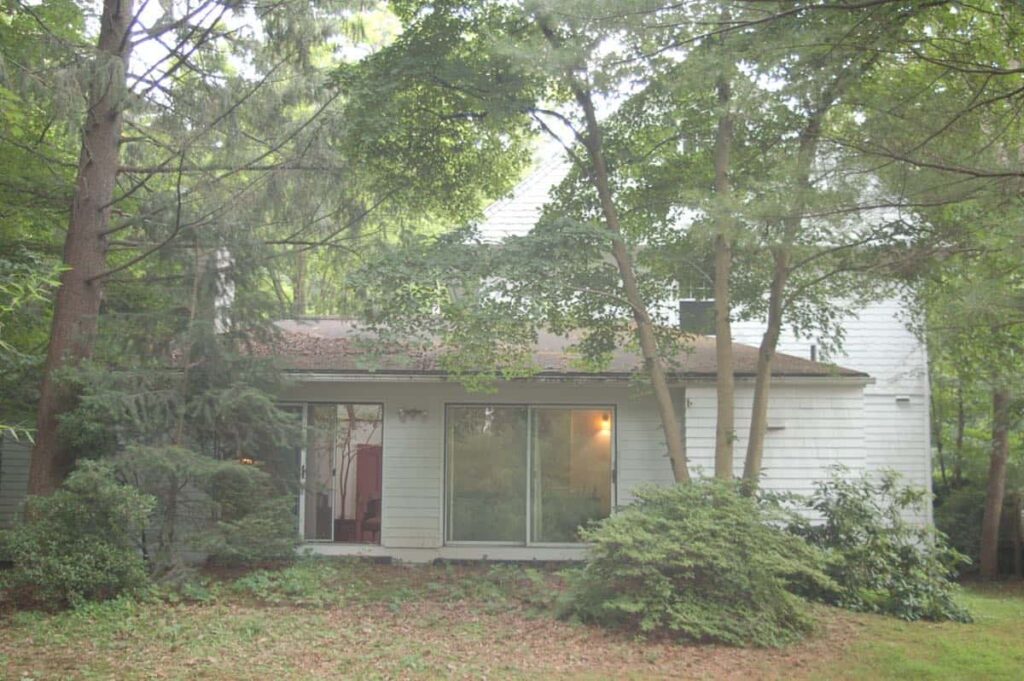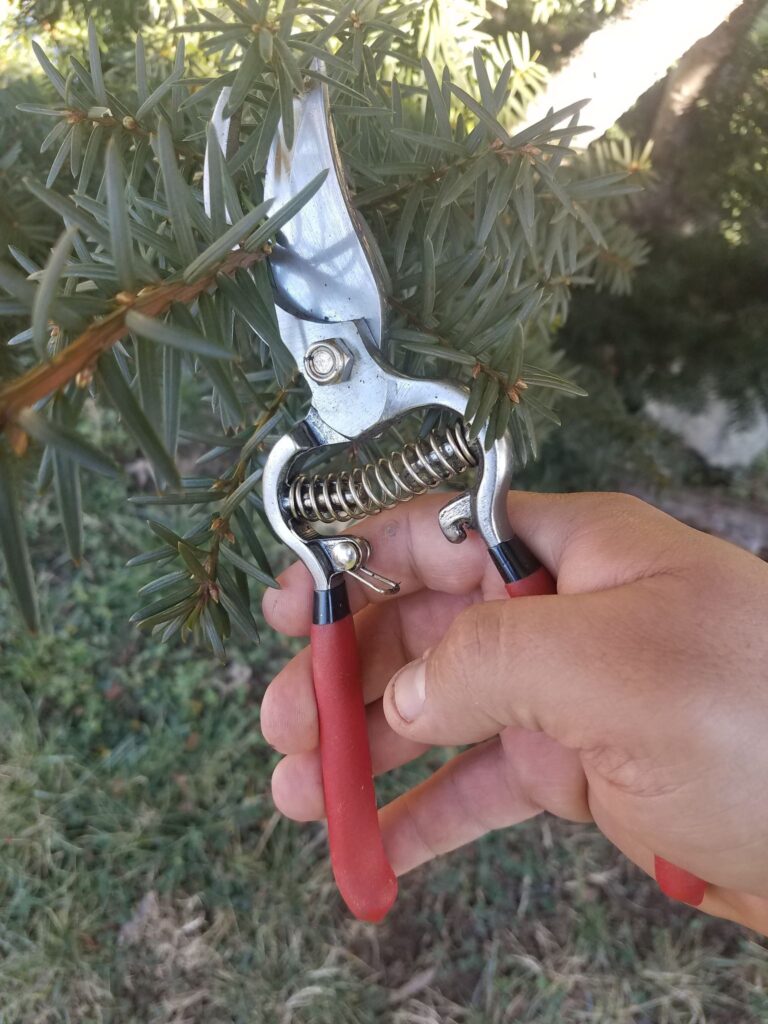[ad_1]
Whether you have a tree that needs to be removed or a few branches that need pruning, it is always a good idea to find an experienced tree service to handle the job. The experts know the best practices for handling the job, and they are less likely to damage your tree than if you try to do it yourself.
Trimming or pruning is less risky than feeling a tree
Depending on where you live, trimming and pruning your tree is more or less a personal choice. Some species of trees require more precision trimming than others, and you should check with your local arborist for the best advice.
The most obvious reason to prune your tree is safety. It’s important to keep the branches on your tree from falling onto your house and killing you or others. It’s also important to keep your tree’s branches from interfering with your utility lines. If you’re not sure if your tree is causing a problem, you can always have a professional tree service perform an inspection.
Aside from personal safety, trimming and pruning your tree can have a number of other benefits. Not only will it improve the look of your tree, it can also help to maintain its shape. Trees can get a bad rap for being unsightly, but you can make your property feel more welcoming with a few pruning sessions.
Bracing and cabling are processes used to enhance stability of weaker trees
During times of extreme weather, tree bracing and cabling is a method that is used to enhance the stability of weaker trees. These systems provide necessary support for trees that have been compromised by factors such as decay, construction damage, or disease. They can also be used to prolong the stability of feature trees. However, they should not be relied upon as a permanent solution.
Trees may be damaged by lightning, strong winds, heavy snowfall, or heavy foliage growth. They may also suffer from diseases or nutritional deficiencies. A tree’s root system may also be compromised. Trees that are affected by diseases may become damaged more quickly.
Bracing and cabling systems are not a permanent solution. They should be used properly to avoid damage. The systems should be installed by a professional. If they are not installed properly, they may cause damage to the tree and the surrounding area.
When bracing and cabling are used to support a tree, it will increase the tree’s health and reduce the chance of branches falling. Bracing and cabling can also be used to protect the tree from storm damage.
Removing infected trees
Getting a professional tree service to remove infected trees is a good idea. Infected trees can spread disease to neighboring trees and pose a health and safety hazard to people and pets.
Removing infected trees can be a challenging process. These trees are prone to falling. They can also damage homes and power lines. If a tree is infected, it should be removed as soon as possible.
The first step to removing infected trees is to identify the type of pest that is infecting it. This can be done by watching the branches for signs of disease. If you find a fungus growing on the tree trunk, this may be a sign of a serious disease.
If you have a tree infected with a pest, you may need to prune the tree to remove it. You can also spray the tree with an insecticide. Some insecticides are not safe for pets or people.
Leave the work to the experts
Trying to do tree work on your own can be very dangerous. You may end up injuring yourself or damaging your property. It can also cost you a lot of money. A professional will usually have insurance coverage, which will protect you if you are injured.
It can be expensive to buy or rent the equipment you will need to do tree work. You could also end up injuring yourself or hurting others if you do not have the proper tools. You will also need to rent a chipper and a stump remover. Many people end up hiring professionals instead of doing the job themselves. This is because it is safer to hire an expert to do the job.
A professional will also have the experience to handle any situation that may arise. This is important, as some of the bigger trees can cause serious damage and even cause accidents. In addition, experts follow specific protocols when it comes to dealing with dangerous situations. These protocols are designed to keep you and your property safe.
[ad_2]









